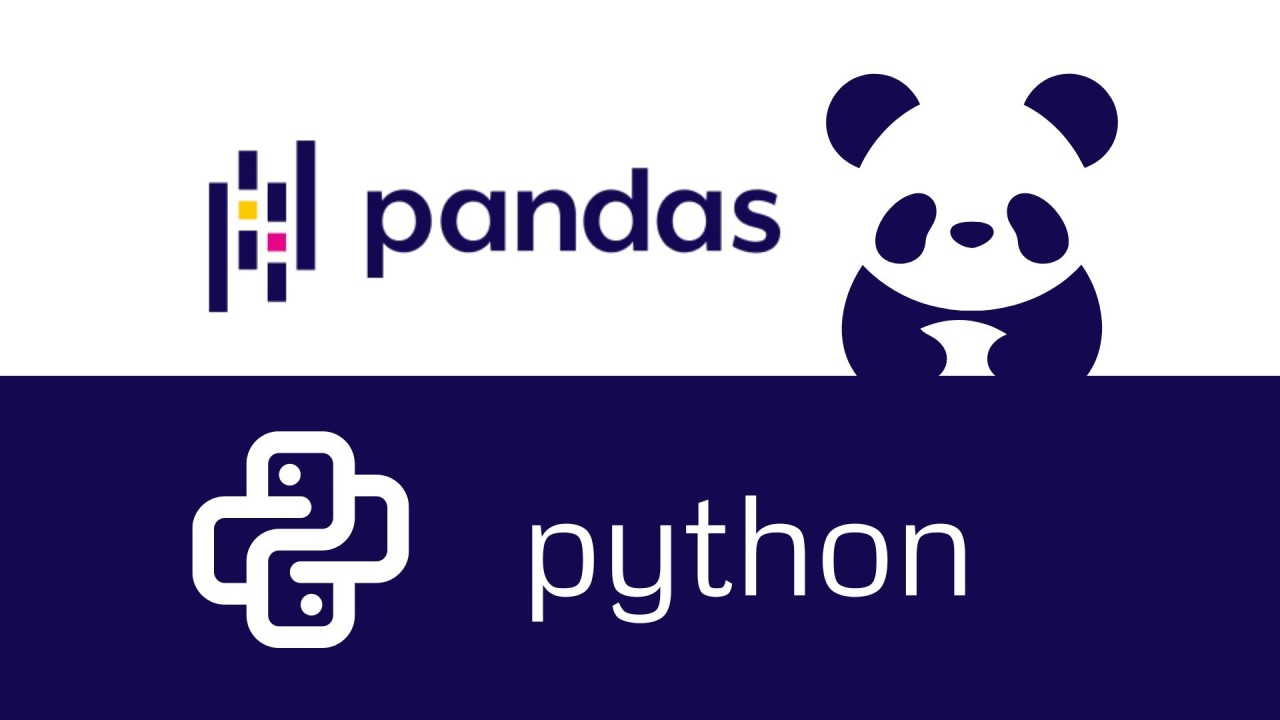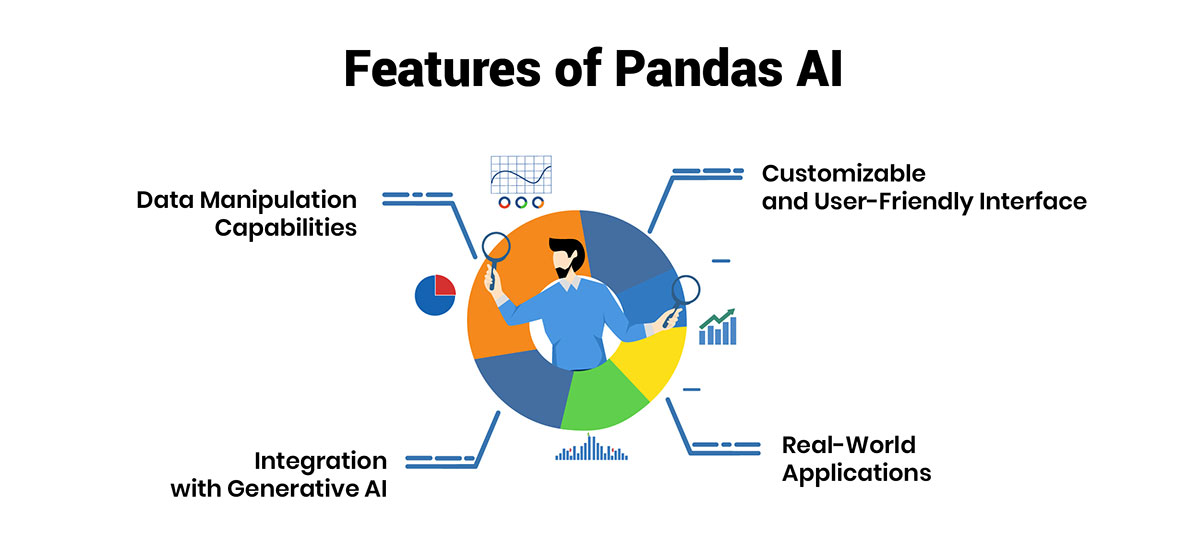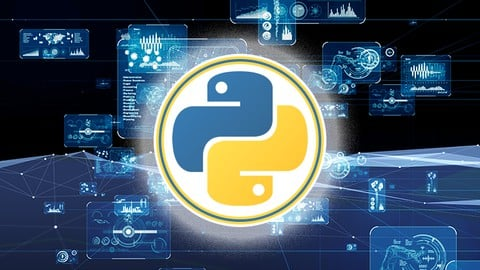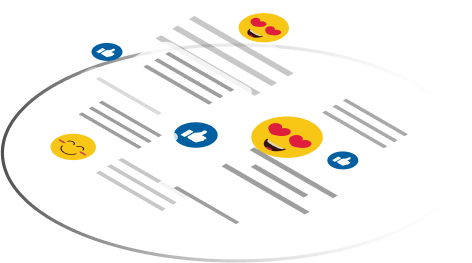Data visualization is one of the most critical steps in AI and machine learning. Matplotlib is a powerful Python library that helps visualize trends, distributions, and patterns, making it easier to understand complex data and model behaviors.
1. What is Matplotlib?
Matplotlib is a popular Python library for data visualization. It allows you to create high-quality 2D and 3D plots, charts, and graphs to gain insights from data. It integrates seamlessly with other Python tools like NumPy and Pandas.
Whether you're analyzing AI model results or exploring datasets, Matplotlib gives you full control over your visual output.

2. Why is Matplotlib Important in AI?
AI and ML projects require exploratory data analysis (EDA) to:
- Understand data distribution
- Detect outliers and missing values
- Visualize predictions vs. actual outcomes
- Communicate model results clearly to teams and clients
Matplotlib enables these visualizations effectively, helping developers and data scientists interpret their models better.

3. Key Features
- Line plots for trend analysis
- Scatter plots for identifying patterns
- Histograms for data distribution
- Bar charts for comparing categories
- Heatmaps for correlation matrices
- 3D plots for complex visualizations
These tools cover most visualization needs in AI workflows.

4. Basic Code Examples
# 1) Import Library
import matplotlib.pyplot as plt
# 2) Line Plot
plt.plot([1, 2, 3], [4, 5, 6])
plt.title('Line Plot')
plt.show()
# 3) Scatter Plot
plt.scatter([1, 2, 3], [4, 5, 6])
plt.title('Scatter Plot')
plt.show()
# 4) Histogram
import numpy as np
data = np.random.randn(1000)
plt.hist(data, bins=30)
plt.title('Histogram')
plt.show()
These examples form the base for creating more advanced plots in ML applications.

5. Use Cases in AI
- Data Exploration: Visualize features and distributions before modeling
- Feature Engineering: Spot trends and relationships via scatter and heatmaps
- Model Evaluation: Track training and validation accuracy/loss
- Result Communication: Build visual reports for business or academic use
Matplotlib ensures your analysis is not only accurate but also visually compelling.

6. Matplotlib + AI Toolkit
Matplotlib works hand-in-hand with other Python libraries:
- NumPy: For numerical computations and data arrays
- Pandas: With built-in plotting support via DataFrame.plot()
- Seaborn: Built on Matplotlib, provides advanced statistical visualizations
- Scikit-learn: Plotting confusion matrices, ROC curves, and results
This powerful combination creates a full-fledged AI data analysis and visualization toolkit.

Final Thoughts
If you're working in AI or ML, understanding your data is critical — and Matplotlib is the key to that understanding. It helps you visualize everything from raw inputs to model performance and makes data stories clear and impactful.
Combine Matplotlib with NumPy, Pandas, and Seaborn for best results. The better you can visualize, the better decisions you’ll make in your AI pipeline.

